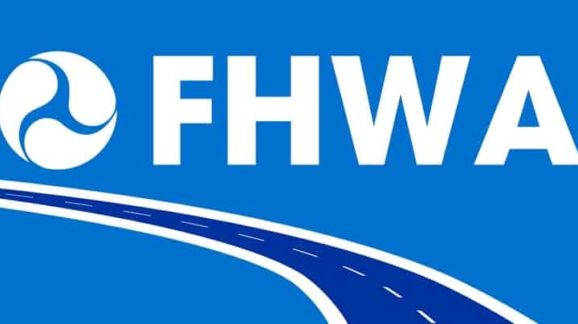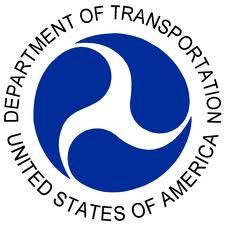Eliminate Obsolete Patented and Proprietary Products Regulation

 Today, I submitted comments to the Federal Highway Administration (FHWA) on behalf of CEI in response to a notice of proposed rulemaking on promoting innovation in the use of patented and proprietary products. This may sound like an esoteric transportation regulatory issue, but it has very serious real-world implications.
Today, I submitted comments to the Federal Highway Administration (FHWA) on behalf of CEI in response to a notice of proposed rulemaking on promoting innovation in the use of patented and proprietary products. This may sound like an esoteric transportation regulatory issue, but it has very serious real-world implications.
For approximately a century, the federal government has structured its highway grant programs around a very peculiar and rigid definition of open procurement—one that provides a disincentive to state agency grant recipients from making use of superior, cheaper, and safer products. Currently, this is codified at 23 C.F.R. § 635.411.
Generally, the above-referenced patented and proprietary products rule prohibits state grant recipients—namely, state departments of transportation—from using patented or proprietary materials, specifications, or processes unless one of three conditions are met:
(1) Such patented or proprietary item is purchased or obtained through competitive bidding with equally suitable unpatented items; or
(2) The state transportation department certifies either that such patented or proprietary item is essential for synchronization with existing highway facilities, or that no equally suitable alternate exists; or
(3) Such patented or proprietary item is used for research or for a distinctive type of construction on relatively short sections of road for experimental purposes.
The first condition generally doesn’t apply because patented and proprietary products frequently have no equally suitable unpatented competitors. That’s why they’re patented, proprietary, and sought after by customers.
The third condition is of little use for practical, day-to-day highway maintenance and construction, as it is explicitly limited by project scope or for experimental purposes.
It’s the second condition that should be working for state departments of transportation wishing to harness better technologies and practices. Unfortunately, this certification process has not proven useful in many relevant cases. This leaves another exemption at 23 C.F.R. § 635.411(c): the public interest finding.
The process of securing FHWA approval for a public interest finding (PIF) exemption is complex, resource-intensive, and opaque, which has led many state grant recipients to not bother with applying for a PIF in the first place. In 2013, the Obama administration attempted to clarify the patented and proprietary products rule and the PIF process, but this effort failed to materially increase the number of PIF requests and approvals.
As a result of this obsolete regulatory regime, state highway agencies use more expensive and less safe products than they otherwise would absent this regulation. One example, which I highlighted in our comments, is Mobile Barriers’ MBT-1.
The MBT-1 is a patented and proprietary 42- to 102-foot highway barrier trailer that attaches to standard truck tractors. These devices can quickly be deployed and redeployed to secure road work zones, which is particularly useful for resurfacing projects that rapidly advance down stretches of highway or for emergency road closures.
The primary competition to the MBT-1 is the traffic cone—not exactly a rigid protection barrier—that must be dropped from and lifted onto truck beds immediately adjacent to moving traffic. But even use of more protective water- or sand-filled mobile barriers makes this a time consuming, costly, and dangerous part of road work. Research suggests that MBT-1-style mobile barriers can reduce the direct operational and safety costs by $1.9 million per barrier per year compared to traditional coned-off lane closures. Yet use of these devices is much less common than it would be due to the arduous PIF exemption process.
Rather than again attempting to fix this inherently flawed PIF process, we urge FHWA to rescind the entire patented and proprietary products rule. In its place, FHWA should adopt the Office of Management and Budget’s government-wide Uniform Administrative Requirements, Cost Principles, and Audit Requirements for Federal Awards. This would allow states under 2 C.F.R. § 200.317 to apply their state procurement requirements on patented and proprietary products to projects that have been granted federal funds, streamlining the approval process and increasingly the likelihood of state DOTs deploying superior products.
We also urge FHWA to collect and publish detailed information on the use of patented and proprietary products in federal-aid highway projects in order for governmental and non-governmental watchdogs to bring to light—and bring to an end—any potential future contracting abuses. Taxpayers, road users, and road workers all stand to win under these reforms.
Read our full comments to FHWA here.